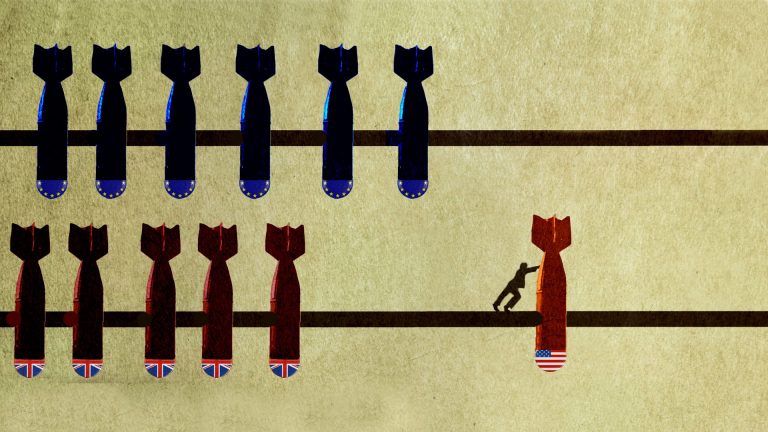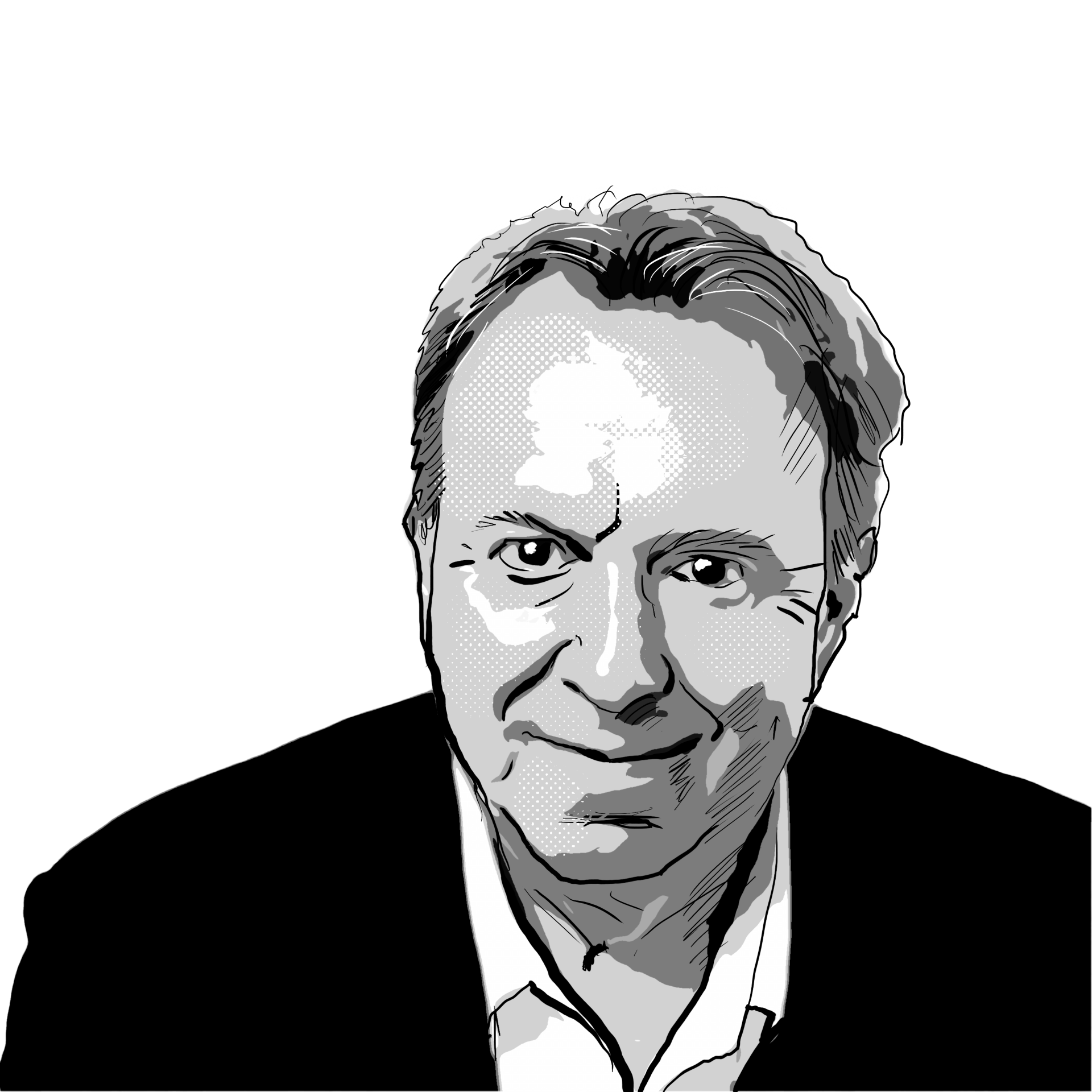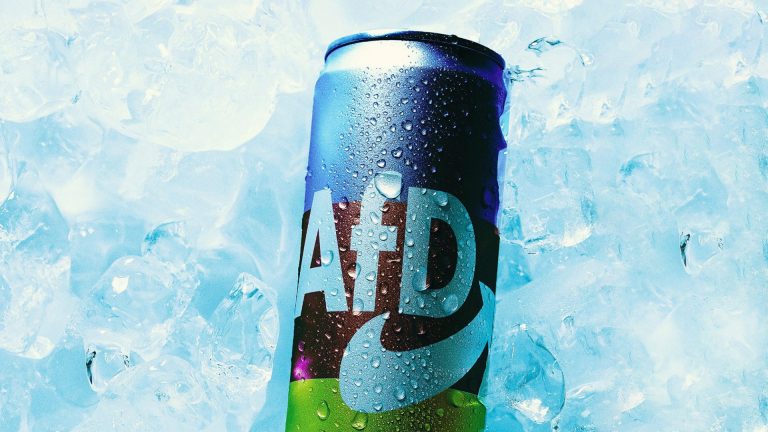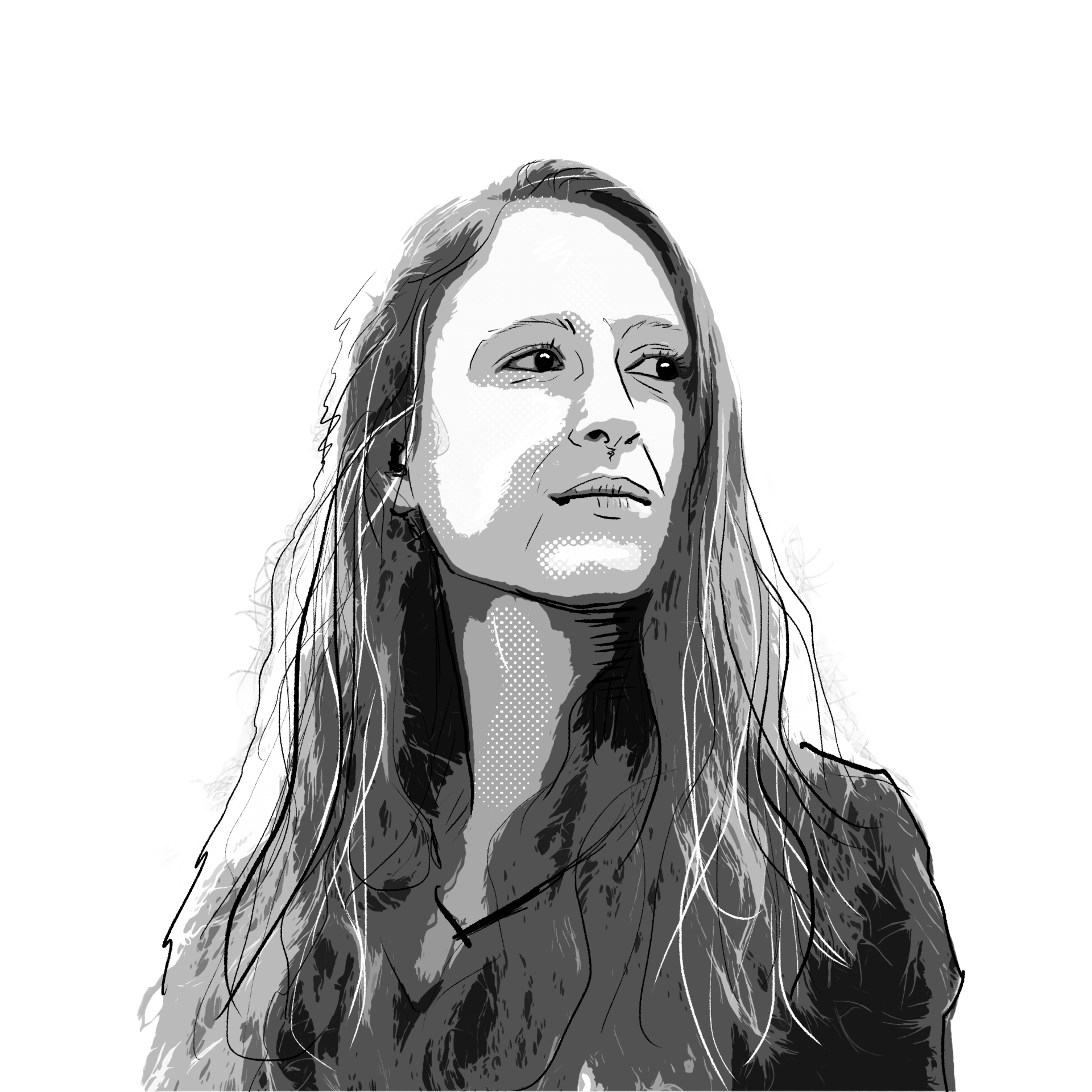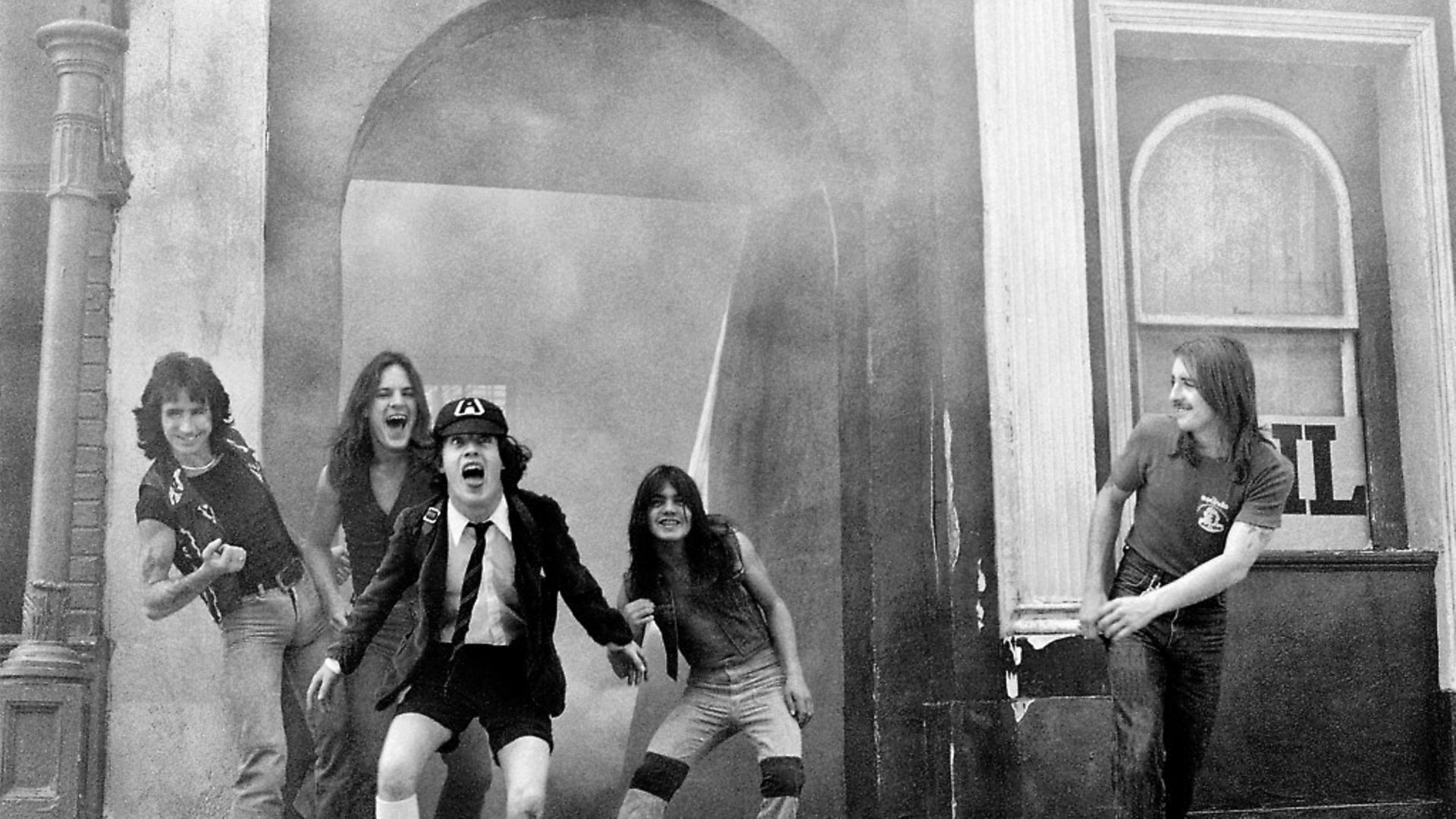
The city’s legendarily sweaty pub circuit has produced some unforgettable rock sounds, some macho, some political and some sentimental. SOPHIA DEBOICK reports.
For thousands for years, Sydney was the dominion of the Eora nation, but it took only 100 years for that to be irrevocably changed and for the rich musical culture of indigenous Australians to be supplanted by British melodies. With the arrival of Captain Cook at Botany Bay in 1770, and the 11 British convict ships of the First Fleet at Sydney Cove eight years later, came not just an alien culture but smallpox, which decimated the native population. A prison settlement rapidly became a city, as it attracted free settlers, and a goldrush in the 1850s profoundly shaped a place that was already earning a reputation as a party city. The tragedy of Australia’s indigenous peoples and its colonial past hangs heavy over the country’s history even into the 21st century, but since the 1970s, music has been a key ambassador for a country that hasn’t let stereotyping or geographical remoteness stop it presenting its unique character to the rest of the world.
While the Sydney Opera House is probably the most recognisable music venue in the world, Sydney’s musical soul was forged in its legendarily sweaty and unforgiving pub circuit in the rock era, and it was there that Australia’s most successful act emerged in the 1970s. Malcolm and Angus Young had gone to Sydney in the 1960s as children, escaping the rundown tenements of Glasgow via the Australian government’s Assisted Passage Migration Scheme. Settling with their parents and four other siblings in the western Sydney suburb of Burwood, Angus and Malcolm formed a band with their brother George and his friend Harry Vanda. George and Harry had already tasted musical success via The Easybeats, whose hyperactive 1966 single Friday on my Mind became a mod anthem. But when Angus and Malcolm formed a glam rock outfit, AC/DC, in 1973, they would go on to unimaginable success.
AC/DC were destined for iconicity from the start. Angus, just 18 and a little over 5ft tall, famously adopted his uniform from Ashfield Boys High School, east of Burwood, as a stage outfit (complete with satchel), giving the band instant recognisability, and at venues like the Bondi Lifesaver, near Bondi Beach, they picked up a ferocious live reputation.
They quickly moved on to grander Sydney venues like Jools on central Crown Street, and the nearby Chequers, both clubs which drew international acts. AC/DC took on fellow Scot, rock powerhouse Bon Scott, as singer in 1974, and they would record their first six albums at Albert Studios in the heart of Sydney before 1980’s watershed Back in Black. Recorded in the Bahamas, it was the band’s first LP without Bon Scott after his untimely death earlier that year. The album is second only to Thriller in terms of sales, and as one of the pillars of hard rock, AC/DC have sold more than 200 million albums worldwide.
Sydney bands would make several successful assaults on the pop charts as the 1980s got into gear. In early 1983, David Bowie had set the tone by putting Sydney all over MTV via the video for Let’s Dance, which used aboriginal rights for its theme and made a panoramic shot of Sydney Harbour its dénouement (the Victorian Strand Arcade and Broadway, one the first streets built in the city, also featured). The same year, INXS made their first moves towards international prominence. The Perth-born Farriss brothers were living in the northern Sydney suburb of Belrose when Tim Farriss met saxophonist Kirk Pengilly at Forest High School, forming a band they called Guinness, while the native Sydneysiders, bassist Garry Gary Beers and singer Michael Hutchence, formed Doctor Dolphin after the latter met Andrew Farriss at nearby Davidson High.
In August 1977 INXS played their first gig – a house party on Whale Beach Road on Sydney’s northern peninsula for Andrew’s 20th birthday. Plenty of hard gigging around the city and beyond followed, the band developing a strong domestic following, but a signing with Atlantic and Polygram in 1982 promised success beyond Australian shores.
INXS’s new wavey single The One Thing scraped the US Top 30 in May 1983, and the sophisticated pop of Original Sin followed the next year. The single was recorded in New York with Nile Rogers on production, fresh from working on Let’s Dance, and Daryl Hall on backing vocals. It would be their first and only home No.1 and got halfway down the Billboard Hot 100, but 1987’s Kick, their sixth album, saw them definitively make their international crossover.
Kick was made for the 1980s – high energy, sexy, slick rock-pop delivered by a frontman of matchless charisma. The video collage promo for the album’s lead single, Need You Tonight, got them noticed and the song reached US No.1 in January 1988, while subsequent singles Devil Inside, New Sensation and Never Tear Us Apart reached 2, 3 and 7, respectively.
Need You Tonight was only kept off the top in the UK by Robin Beck’s Coca Cola ad power ballad, First Time, and while the subsequent three singles didn’t break the Top 20, the swaggering Mystify made No.14. With Crocodile Dundee (1986) having just fixed a vulgar stereotype of antipodean masculinity in the minds of foreign audiences, INXS proved that pop cool wasn’t incompatible with having an Australian passport.
INXS’s pivotal album The Swing (1984) had been produced by British post-punk supremo Nick Launay, and he had come to working with them directly from another essential Sydney band. Midnight Oil’s Red Sails in the Sunset (1984), their first Australian No.1 album, bore a cover showing an emptied, cratered Sydney Harbour after a nuclear strike.
The same year, frontman Peter Garrett had stood as a senate candidate for the Nuclear Disarmament Party, later becoming a Labor member of parliament and minister under Kevin Rudd and Julia Gillard – unsurprisingly, the band were among the most overtly political ever. The imposing presence of the 6ft 4in, bald-headed Garrett, and his frenetic live performance style, had seen the band build a strong local fanbase after they formed in the late 1970s, performing at venues like the Royal Antler at the Narrabeen beachside suburb, and the Bondi Lifesaver, but they would have to wait until the late 1980s for international recognition.
Midnight Oil’s Diesel and Dust (1987) was a concept album deeply invested in Australian concerns, including the plight of indigenous Australians and threats to the environment. Its standout single, Beds Are Burning, brought attention to Aboriginal land rights (“The time has come, a fact’s a fact/ It belongs to them, let’s give it back”) and would be an international hit in 1988, pushing the band well beyond local cult status.
That year another alumnus of Sydney’s pub circuit also had an unlikely hit. The hard rock of Rose Tattoo had been of rare influence, adopted with a vengeance by the LA hair metal scene, with their 1978 album track Nice Boys notably covered by Guns ‘n’ Roses. But in 1988, Rose Tattoo frontman Angry Anderson changed gear with the sentimental power ballad Suddenly, which got far more cut-through than the band had ever achieved when it soundtracked Scott and Charlene’s wedding on the Melbourne-set and filmed Neighbours. It became one of the defining songs of the year.
In the 2000s, uncompromising garage rock exploded out of Sydney to reach international acclaim. Wolfmother – whose The Joker and the Thief from their eponymous 2005 debut, released on Sydney label Modular, brought them to prominence – had played their first gig at the Vic on the Park pub in the western suburb of Marrickville. The Vines – whose Get Free was a minor hit in 2002, debut album Highly Evolved garnering critical acclaim – met while working at a McDonalds in Sydney’s South Hurstville in 1994.
More recently, the boy band looks and teen-baiting songs of 5 Seconds of Summer, formed in the Sydney suburbs and bolstered by a One Direction support slot, have had wild success. They’ve topped the Australian and UK singles charts, also breaking records for album sales for an Australian act in the US.
As fire engulfs New South Wales and Sydney chokes on smoke, Midnight Oil turn out to have been prophetic in their environmental activism, and, appropriately, Beds Are Burning was recorded by musicians around the world to signal their support for climate justice on the occasion of the 2009 United Nations Climate Change Conference in Copenhagen. Musicians are joining the call to arms in the fight against the bushfires. Queen and Alice Cooper will play the Fire Fight Australia bushfire benefit concert at Sydney’s ANZ Stadium in February. Even the Wiggles, the musical children’s entertainment phenomenon formed by teaching trainees at Macquarie University in the early 1990s, are reassembling their original line up for an Australian Red Cross and WIRES fundraising concert. Australia looks like it is once again being remade. And once again, music will be the interpreter of change.




